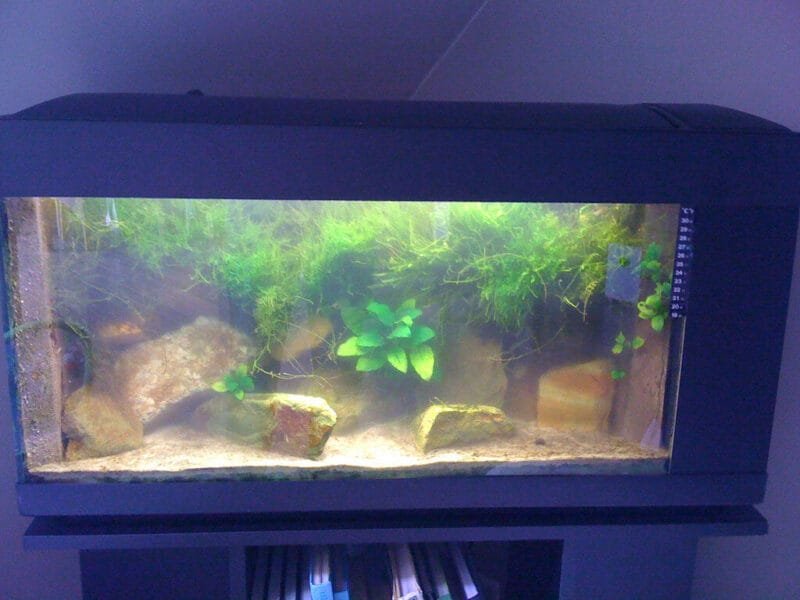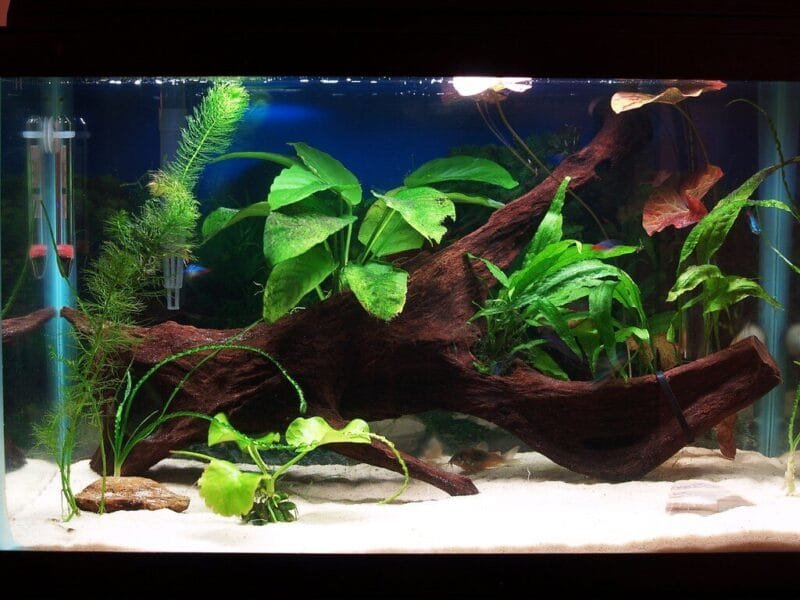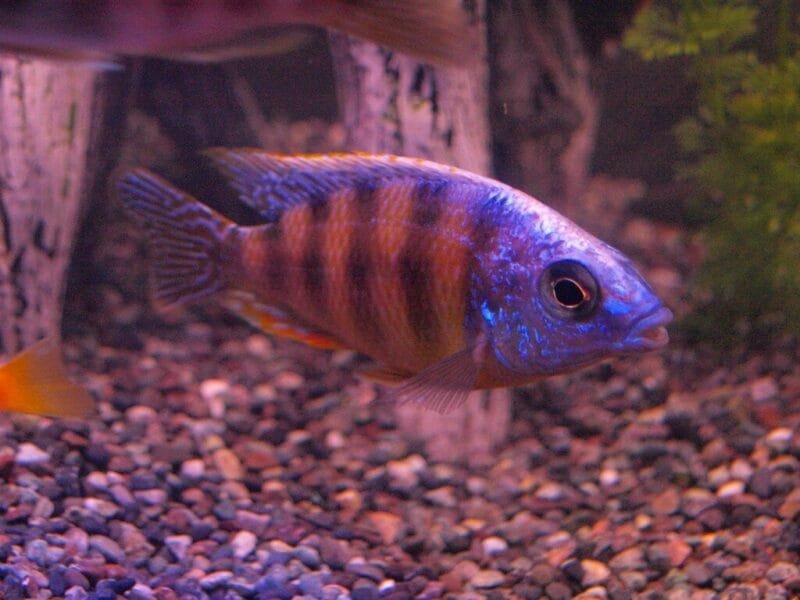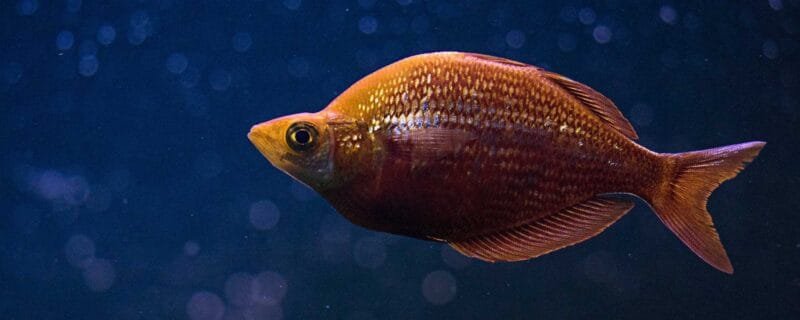Filter selection can significantly affect the health of your aquatic environment. Choosing the right filter for your aquarium size ensures effective water circulation, clarity, and the well-being of your fish. You need to consider factors like gallons per hour (GPH) flow rate, filter type, and media options to maintain optimal water conditions. An undersized filter can lead to hazardous ammonia buildup, while an oversized one may stress your fish with swift currents. Equip yourself with knowledge to make informed decisions for an ideal aquatic habitat.
Key Takeaways:
- Consider the aquarium’s size and type of fish you plan to keep when choosing a filter.
- Select a filter with appropriate flow rate and filtration capacity for your tank’s volume.
- Research various filter types (e.g., canister, hang-on-back) to find the best fit for your setup.
Understanding Aquarium Size
Your aquarium’s size directly impacts the filter you choose. Each tank has specific biological and physical requirements that must be met for the health of your aquatic ecosystem. The balance between fish population, plant density, and filter capacity is vital. A well-sized filter ensures efficient water circulation and optimal water quality, promoting a thriving habitat for your fish.
Measuring Total Volume
To determine your aquarium’s total volume, measure the tank’s length, width, and height in inches. Multiply these dimensions and then divide by 231 to convert cubic inches to gallons. For example, a tank measuring 48 inches long, 12 inches wide, and 20 inches high has a total volume of approximately 36 gallons, making it vital to choose a filter designed for that capacity.
Recognizing Tank Dimensions
Understanding your tank’s dimensions is important for selecting an appropriate filter. The length and width influence the amount of water flow, while height affects surface area for gas exchange. A longer, wider tank may give you more options in filter design and placement, while a taller tank may require a filter with higher vertical water flow to effectively circulate the water.
Recognizing the dimensions of your aquarium helps you select a filter that matches its needs. An appropriately chosen filter should not only fit well within the physical space but also cater to the specific water volume and flow rate requirements. For instance, a tall tank may benefit from a filter with adjustable flow, allowing the water to circulate effectively from top to bottom. Additionally, if your tank is wide, ensure that the filter can provide even distribution of clean water across the tank, avoiding stagnant areas.
Key Factors in Filter Selection
Selecting the right filter for your aquarium involves considering several key factors. Start by assessing your tank’s size and the bioload, which is the waste produced by fish and plants. Match the filter’s capacity and type to your specific needs, ensuring it provides adequate water flow and filtration. Also, consider the level of maintenance you’re willing to perform and whether you prefer a filter that offers multifunctional capabilities. Assume that a well-chosen filter can significantly enhance the health of your aquarium.
| Factor | Description |
| Tank Size | Determines the filter’s capacity. |
| Bioload | Amount of waste from fish/plants. |
| Water Flow | Required for proper circulation. |
| Filtration Method | Type of filtration system used. |
| Maintenance | How often the filter needs cleaning. |
Flow Rate Requirements
The flow rate of your filter should match the size of your aquarium for optimal performance. Typically, a good guideline is achieving a flow rate that circulates the entire tank volume 4 to 5 times per hour. For instance, in a 50-gallon tank, aim for a filter rated at 200-250 gallons per hour. An adequate flow rate ensures even distribution of filtered water, supporting both aeration and the removal of waste. Assume that neglecting flow rate can lead to stagnant areas, compromising the health of your aquatic life.
Filtration Method Types
Understanding the various filtration method types is important for selecting the right filter. Common options include mechanical filtration for solid waste removal, biological filtration for breaking down harmful substances, and chemical filtration for removing impurities. Each method serves a specific purpose in maintaining water quality. Mechanical filters capture suspended particles, while biological filters utilize beneficial bacteria to convert toxic ammonia. Assume that incorporating multiple methods can significantly improve your aquarium’s ecosystem.
| Filtration Type | Function |
| Mechanical | Catches visible debris from water. |
| Biological | Breaks down toxic substances. |
| Chemical | Removes dissolved impurities. |
| Canister Filters | Offers multiple filtration types. |
| Hang-On Filters | Easy to install and maintain. |
Choosing the right filtration method types involves knowing your aquarium’s requirements. Mechanical filters are great for initial cleaning, while biological filters are important for long-term health. Chemical filters provide an additional layer of purity. Each method complements the others, creating a balanced system. Recognizing the unique characteristics of each filtration type is vital for sustaining a thriving aquatic environment.
- Filtration Type
- Functionality
- Water Quality
- Maintenance Needs
- Aquarium Health
How-to Determine Filtration Needs
Your aquarium’s filtration needs hinge on various factors, including fish type, tank size, and the presence of live plants. Start by calculating your aquarium’s volume in gallons and matching it with the recommended turnover rate. Consider the filter’s flow rate, which should ideally circulate the entire tank volume three to five times per hour. This will help maintain water clarity and quality, preventing harmful toxin buildup.
Assessing Fish and Plant Bioload
Understanding the bioload of your aquarium is imperative in determining filtration needs. Bioload refers to the waste produced by your fish, plants, and uneaten food, which can vary significantly. For example, a tank with large, active fish will produce more waste than one with smaller, sedentary species. Look for species-specific recommendations and consider adding live plants to help absorb excess nutrients and assist in keeping the water clean.
Establishing Maintenance Frequency
Maintenance frequency directly influences your filtration requirements. If you plan to perform regular water changes and filter cleanings weekly, you may need a less powerful filter. Conversely, if your cleaning routine is less frequent, opt for a more robust filter that can manage the extra waste buildup. Take note that heavily stocked tanks or those with larger fish may necessitate more frequent maintenance to keep the environment healthy. You should also adjust your filter’s capabilities if you intend to add new fish or plants, as these changes can significantly alter the bioload.
Tips for Choosing the Right Filter
To select the ideal filter for your aquarium, prioritize the key specifications that match your tank’s needs. Consider the tank’s size, the type of inhabitants, and the specific filtration requirements. Additionally, assess the ease of maintenance and the volume of water the filter can handle. Look for features like adjustable flow rates and multi-stage filtration systems that enhance water quality. The perfect fit enhances your aquatic environment.
- Match filter type to the specific needs of your tank
- Balance performance with noise levels
- Analyze your water quality testing results
- Consider ease of cleaning and maintenance
Matching Filter Type to Aquarium Size
Your filter type must fit your aquarium size to ensure effective filtration. For smaller tanks, a sponge filter or internal filter may suffice, while larger tanks benefit from canister filters for their powerful flow rates. Make sure the filter’s volume capacity is appropriate; for instance, a filter rated for a 100-gallon tank should not be used for a 20-gallon aquarium. The right filter type enhances the overall health of your aquatic ecosystem.
Considering Budget and Brand Reliability
Your budget and the reliability of brand play significant roles in filter selection. Many reputable brands offer filters at various price points, ensuring you can find a product that meets your filtration needs without overspending. Prioritizing well-reviewed, established brands can save you money in the long run, as they often provide better durability and warranty support. The right balance between affordability and quality will enhance your aquarium experience.
When evaluating your choices, look for filters that combine quality performance with budget-friendly pricing. Established brands like Fluval, AquaClear, and Eheim often receive high marks for reliability and customer support. Investing a bit more in a reputable filter might mean fewer issues down the line, sparing you from potential disasters. Ensure to read customer reviews and seek recommendations to make informed decisions. The right filter not only keeps your aquatic friends healthy but also ensures lasting satisfaction for you as an aquarist.
Installation Guidance for Your Filter
Proper Setup Steps
Begin by positioning your filter according to the manufacturer’s recommendations, ensuring it’s level and stable. Connect the necessary tubes and check for any leaks. Adjust the water flow to suit your tank’s inhabitants; for example, slow down the flow for delicate fish species. Fill your filter with the recommended media, typically biological and chemical, before plugging it in. Allow the system to run for several hours to ensure it operates properly before adding any aquatic life.
Common Mistakes to Avoid
Avoid overestimating your filter’s capacity; too much flow can stress fish. Not rinsing the filter media before use can introduce harmful particles into your tank. Also, neglecting to create a proper flow pattern can result in dead spots, leading to poor water quality. Ensure you follow all steps closely to maintain the health and safety of your aquarium.
When opting for the right filter, many aquarium enthusiasts frequently overlook the significance of understanding their filter’s flow rate. For instance, fitting a filter with an excessive flow can create turbulence harmful to shy fish, while inadequate filtration can promote algae growth. Additionally, forgetting to assemble parts according to the manufacturer’s guidance can lead to operational failures. It’s vital to pay attention to the installation details for both the longevity of your filter and the overall health of your aquatic environment.
Maintaining Your Filter
To ensure your aquarium filter operates efficiently, consistent maintenance is important. This involves regular cleaning, checking for wear and tear, and replacing filter media as needed. Neglecting maintenance can lead to reduced performance and potentially harm your aquatic environment. Consider documenting your maintenance tasks to stay organized and aware of what’s needed for the longevity of your filter.
Routine Maintenance Schedule
Establishing a routine maintenance schedule for your filter will help you keep track of necessary tasks. Aim to clean the filter every two to four weeks, depending on your tank’s bio-load and water quality. Regularly inspect and replace filter media every month or as directed by the manufacturer. By doing so, you’ll enhance water clarity and maintain a stable environment for your aquatic life.
Troubleshooting Common Issues
If you encounter problems with your filter, such as unusual noise or reduced flow, immediate action is necessary to prevent further complications. Start by checking for blockages in the intake or impeller. Ensure the filter is properly sealed to avoid air leaks. If the motor is noisy or malfunctioning, consult the user manual or consider professional servicing.
For instance, if your filter makes rattling noises, inspect the impeller for debris or misalignment. A blocked intake could cause flow reduction; simply clear any obstructions. If the filter is still underperforming, verify it is the correct type for your tank size. A filter that’s too small will struggle, while one that’s too powerful can create excessive current, stressing your fish. Adjust as necessary to maintain optimal filtration and a healthy aquarium.
Summing up
Now that you understand the factors involved in selecting the right filter for your aquarium size, you can confidently choose a model that meets your specific needs. Consider the size of your tank, the type of fish you keep, and the maintenance requirements of each filter option. Aim for a filtration system that provides adequate water circulation and filtration efficiency to maintain a healthy aquatic environment. By matching the filter capacity with your tank’s volume, you’ll ensure optimal water quality for your fish and plants, enhancing the overall success of your aquarium.
FAQ
Q: What factors should I consider when choosing a filter for my aquarium size?
A: Consider the aquarium’s volume in gallons, the type of fish and plants, and the bioload. A filter should be rated for your tank size and have appropriate flow rates to maintain water quality.
Q: How do I calculate the necessary filter flow rate for my aquarium?
A: The general guideline is to aim for a flow rate of 5 to 10 times the aquarium volume per hour. For example, a 50-gallon tank would need a filter with a flow rate of 250 to 500 gallons per hour.
Q: Can I use a filter rated for a larger aquarium size?
A: Yes, using a filter rated for a larger size can improve filtration efficiency, as long as it doesn’t create too much current for the fish and plants in your aquarium.







